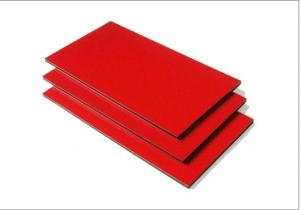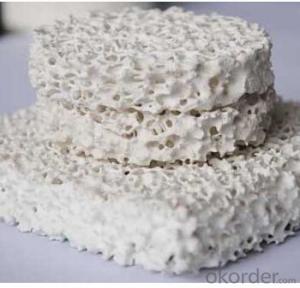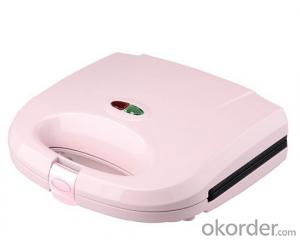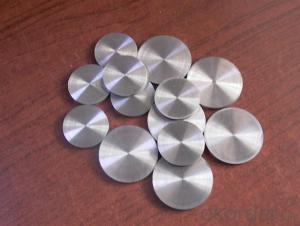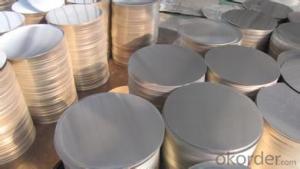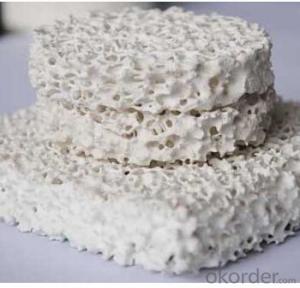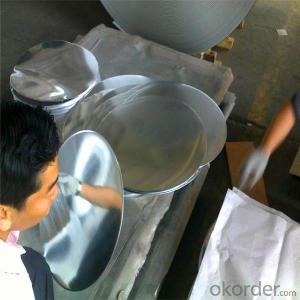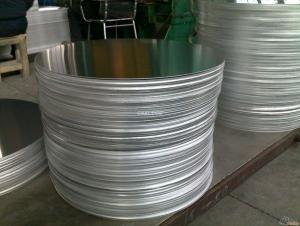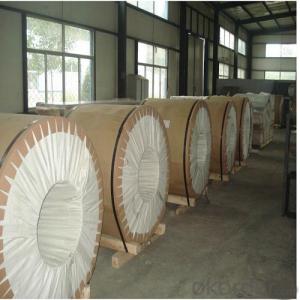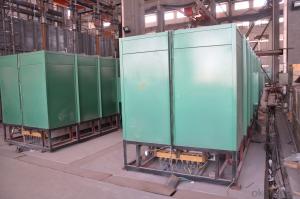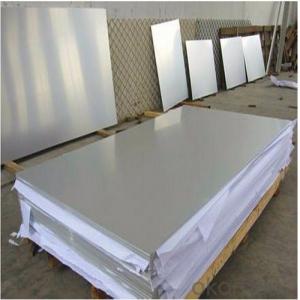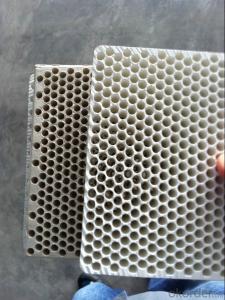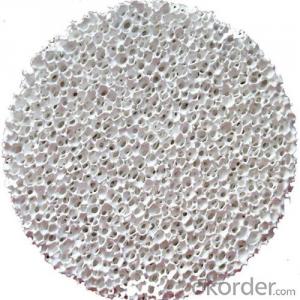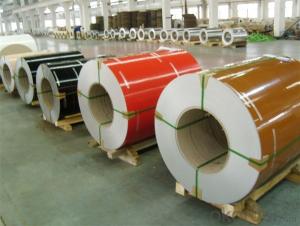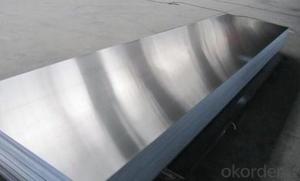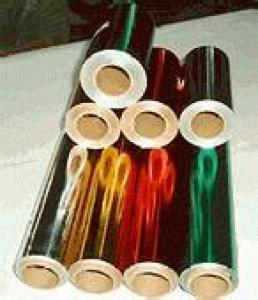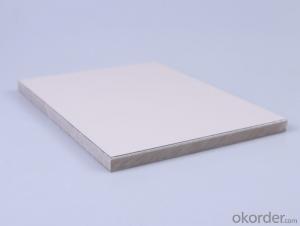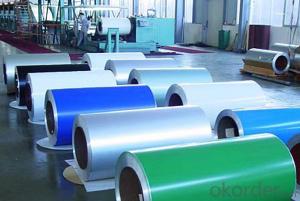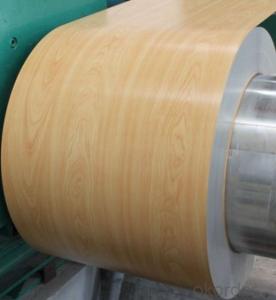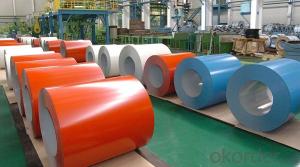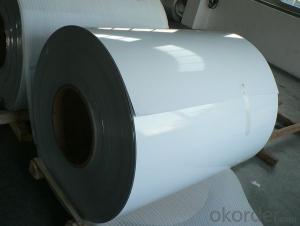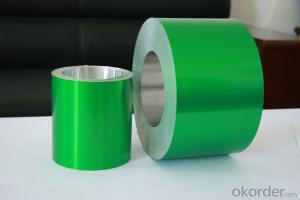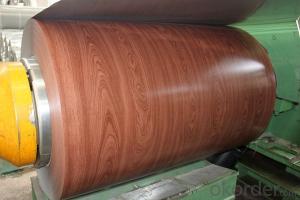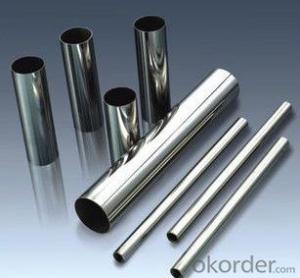Alcoa Aluminum Plate
Alcoa Aluminum Plate Related Searches
Arconic Aluminum Plate Halco Aluminum Plate Aluminum Metal Plate Aluminum Paper Plate Aluminum Surface Plate Aluminum Floor Plate Aluminum Wall Plate Aluminum Cooking Plate Aluminum Plate Panels Rolled Aluminum Plate Polished Aluminum Plate Aluminum Plate China Aluminum Oxide Plate White Aluminum Plate Aluminum Flat Plate Aluminum Profile Plate Aluminum Vin Plate Aluminum Dimond Plate Aluminum Grill Plate Copper Plate Aluminum Aluminum Plenum Plate Aircraft Aluminum Plate Aluminum Round Plate Aluminum Hot Plate Aluminum Heater Plate Aluminum Cover Plate Large Aluminum Plate Aluminum Plate Metal Aluminum Spinning Plate Aluminum Caul PlateAlcoa Aluminum Plate Supplier & Manufacturer from China
Alcoa Aluminum Plate is a high-quality product known for its strength, durability, and versatility. It is made from aluminum, a lightweight yet strong metal that is widely used in various industries. This product is particularly popular in applications where weight reduction and corrosion resistance are essential, such as in the aerospace, automotive, and construction sectors. Alcoa Aluminum Plate offers a range of benefits, including high strength-to-weight ratio, excellent formability, and superior heat transfer properties.Alcoa Aluminum Plate is utilized in a variety of applications, from structural components in aircraft and vehicles to architectural facades and decorative elements. Its ability to withstand harsh weather conditions and resist corrosion makes it an ideal choice for outdoor use. Additionally, its lightweight nature contributes to fuel efficiency in transportation applications and reduces the overall weight of structures, leading to cost savings in material and construction. Okorder.com is a leading wholesale supplier of Alcoa Aluminum Plate, boasting a vast inventory that caters to the diverse needs of customers across different industries.
Hot Products








